堆叠电池安全吗?
当您计划一个储能系统时, 尤其是在像新加坡许多房屋和企业一样在空间意识的环境中, 垂直堆叠似乎是节省空间的逻辑方法. 但是堆叠这些强大的电池单元实际上是安全的? 这是一个关键的问题, 答案是一个坚定而有条件的“是的。"
只有为此目的进行专门设计和认证,只有堆叠电池才能安全. 现代可堆叠的电池存储系统设计具有机械稳定性, 电气安全, 和热管理. 任意堆积不设计为堆叠的电池是极其危险的,可能会导致短路, 过热, 不稳定, 和火. 专业解决方案是关键.
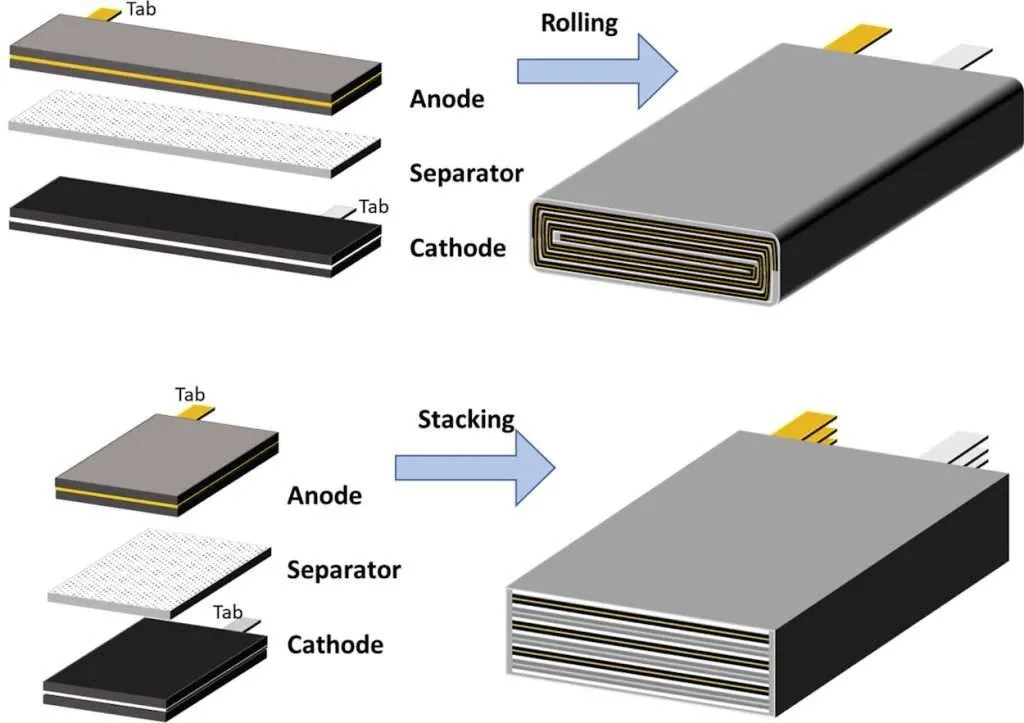
在 吉克斯太阳能, 安全是我们设计的每个系统的基础. 这 可堆叠电池 我们使用的产品专门用于其安全功能,并根据严格的标准安装. 让我们深入研究机制, 好处, 和堆叠电池的安全协议.
堆叠电池有什么作用?
为什么现代储能解决方案通常被设计为“可堆叠的" 系统? 这种模块化方法的实际功能和好处是什么? 堆叠电池是关于在储能设计中实现可扩展性和效率.
“堆积" 设计的电池模块使您可以 建造更大的, 标准化构件的定制储能系统. 电气, 这意味着您可以连接模块 平行于增加总能量容量 (以千瓦时为单位) 和当前输出, 或IN 增加系统总电压的系列. 身体上, 它允许一个高度井井有条, 空间效率, 和密集的安装, 这是空间约束房屋或企业的主要优势.
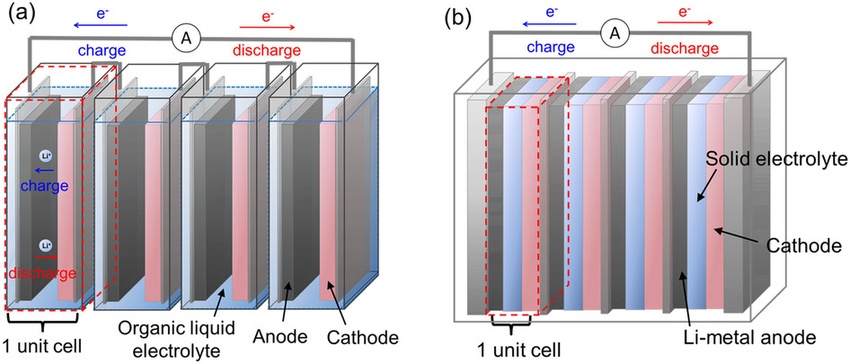
深入潜水: 模块化方法的目的
可堆叠电池系统的核心功能是:
- 可扩展性: 这是主要好处. 您可以从满足您当前需求和预算的能力开始, 然后,如果您的能耗增加,则在以后轻松添加更多相同的模块 (例如, 如果您购买电动汽车). 这个“付费成长" 模型既灵活又经济.
- 定制: 它使我们作为系统设计师可以创建具有您独特的负载配置文件所需的精确kWh容量的电池组, 而不是仅限于一两个固定尺寸.
- 空间效率: 通过垂直堆叠, 要么直接 (如果为此设计) 或在专业机柜或19英寸的架子内, 您可以在很小的地板足迹中容纳大量的储能. 这在公寓中是无价的, 公寓, 或空间是高级的企业.
- 易于安装和服务: 具有专用连接器的标准化模块可以简化安装过程. 如果一个模块要遇到数年的问题, 通常可以维修或更换,而无需退役整个电池库.
对于大多数GYCX太阳能住宅和商业系统, 我们使用堆叠到并行48V 磷酸铁锂1. (铁磷酸锂) 模块, 建立大量的千瓦时存储空间,与客户的太阳能阵列配对.
电池堆叠会增加电压吗?
这是一个常见的电气问题. 将电池放置在另一个电池上的物理行为会自动增加系统的电压?
不, 物理上堆叠电池不会固有地增加电压. 电池库的电压取决于模块的方式 电线在一起. 增加电压, 您必须连接模块 系列. 如果您将它们连接到 平行线, 这对于增加太阳能存储容量更为普遍, 电压保持不变, 但是能力 (在安培小时或啊) 增加.
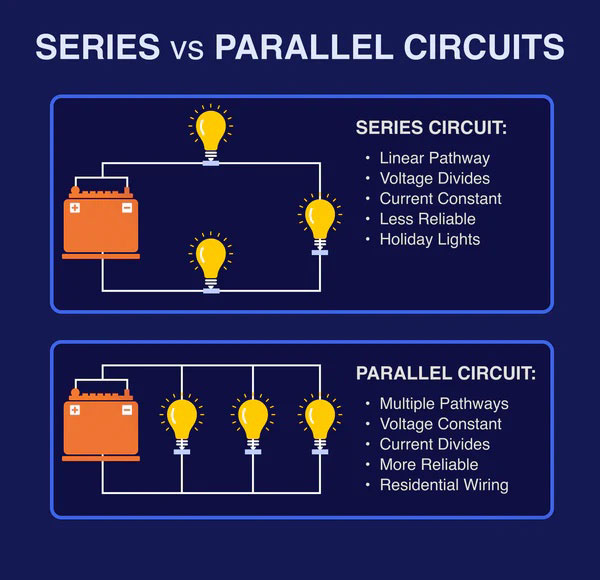
深入潜水: 堆叠的电气现实
让我们澄清两种基本连接类型:
- 串联 (增加电压):
- 您连接正面 (+) 第一个电池的终端为负 (-) 第二端, 等等, 创建链.
- 总电压是单个电池电压的总和. (例如, 两个48V模块串联= 96V系统).
- 总放大器 (啊) 容量仍然是单个模块的容量.
- 并联 (增加容量):
- 您连接所有积极的 (+) 终端和所有负面 (-) 终端在一起.
- 总电压保持与单个模块相同 (例如, 在48V系统中并行连接两个48V模块).
- 总放大器 (啊) 容量是单个模块容量的总和 (例如, 两个100AH模块并行= A 200AH银行).
对于大多数现代太阳能存储系统, 喜欢 可堆叠电池 解决方案GYCX太阳能提供, 目的是建立一个高容量的48V银行. 所以, 我们将48V模块物理堆叠在架子中,并平行地将它们连接起来以达到所需的总kWh.
做电源堆电池持续更长的时间?
这是一个很好而有见地的问题. 会创建更大的“电源堆栈”" 通过添加更多电池,实际上使系统持续更长的时间,并且周期? 答案是一个细微而有力的“是的。"
虽然单个电池模块具有相同的固有寿命, 一个 更大, 正确尺寸的堆叠电池系统确实可以持续更长的时间 比较小的供力相同的负载. 这是因为日常工作是在更多的单元格上共享的, 导致 每个模块的较浅排出周期. 仅排放的电池 30% 每天都会忍受比被排放的电池更多的循环 80% 每天. 所以, 通过减轻每个电池的日常压力, 整个系统的运营寿命已延长.
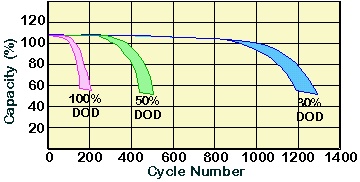
深入潜水: 可扩展性的寿命加成
让我们用一个类比. 想象一下必须携带40公斤杂货. 如果一个人这样做, 这是沉重的压力. 如果两个人分担负载 (20每个公斤), 每个人的压力要小得多. 电池以类似的方式工作.
- 循环寿命与. 放电深度 (国防部): 每个优质的电池都有一个规格表,显示其周期寿命不同. 例如, 高质量的LFP电池可能会被评为:
- 3,000 周期 80% 国防部
- 6,000 周期 50% 国防部
- 一个现实世界的示例:
- 假设您的家使用 5 每天晚上电池的能量千瓦时.
- 方案a (一个10kWh电池): 您通过电池电量 50% 每天晚上 (5kWh使用了 / 10千瓦时容量). 你可以大致期望 6,000 周期, 或结束 16 每日使用年.
- 方案b (一个6kWh电池): 您大约将电池排放 83% 每天晚上. 这个更深的周期可能意味着电池只能持续 3,000 周期, 或结束 8 年.
- 堆叠的好处: 通过安装较大的, 堆叠系统 (例如, 15kWh或20kWh), 您的5kWh夜间用法会导致一个较浅的DOD (33% 或者 25%). 这使电池处于低压力状态, 巨大的延长其潜在循环寿命远远超出了保修期.
GYCX太阳能故事: “我们总是向客户解释这种长寿的好处. 预先投资稍大的可堆叠电池库,这通常意味着您不必考虑更换电池, 很长一段时间. 这是对容量和耐用性的投资。"
电池可以堆叠多高?
计划安装时, 特别是在紧凑的空间中, 知道物理极限是必不可少的. 您实际上可以堆叠这些电池模块多高?
堆叠电池的最大高度完全由 制造商的规格和安装方法 (直接堆叠与. 架子安装). 用于专门为直接设计的电池模块, 互锁堆叠, 制造商将陈述一个明确的限制, 例如 4, 6, 或者 8 单位高. 用于服务器架电池, 限制由 设备架或机柜的高度和认证的重量容量 他们安装在. 超过这些指定限制永远是安全的.
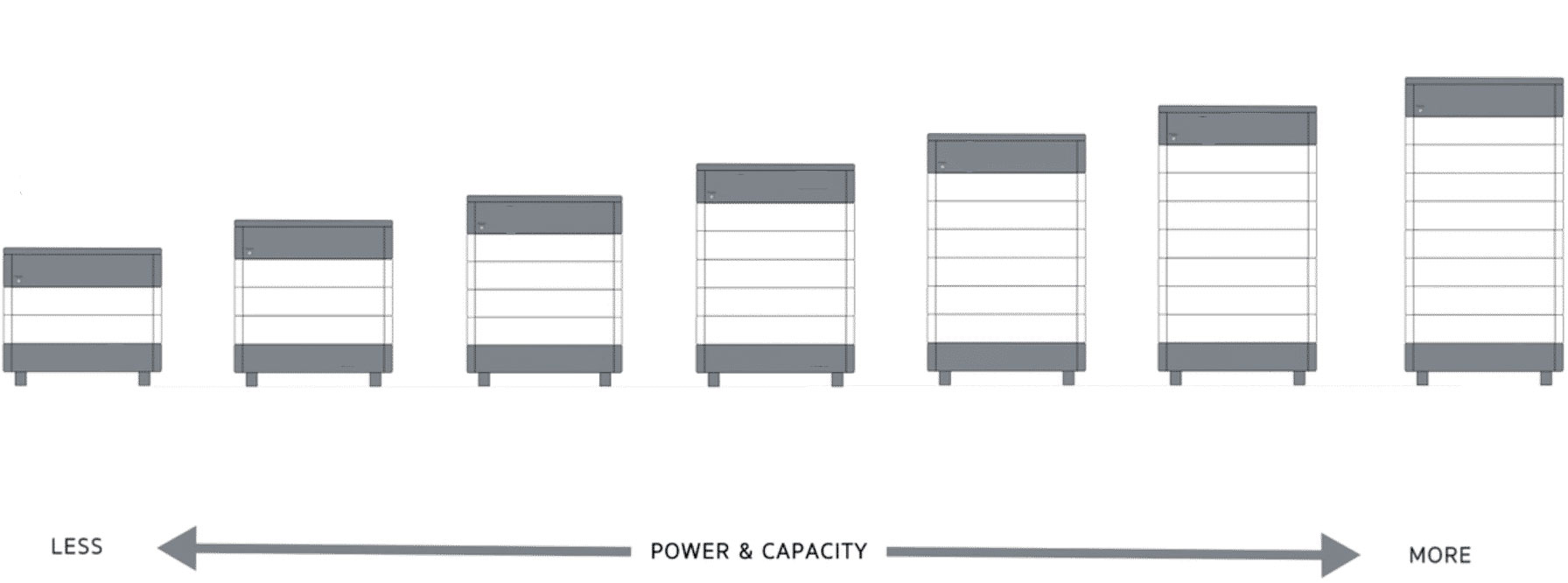
深入潜水: 尊重结构和安全限制
这是确定安全堆叠高度的方法:
- 直接堆叠: 如果电池模块设计了连锁外壳, 产品的安装手册是您的绝对指南. 它将指定可堆叠在级别的最大数量, 稳定的表面. 该限制基于套管的结构完整性和所得塔的稳定性.
- 机架/机柜堆叠: 这是建造较大堆栈的最常见和专业的方法.
- 机架高度 (U空间): 架子在“ u”中测量" 单位 (1u = 1.75 英寸). 24U机架的垂直空间比42U机架少. 您可以堆叠尽可能多的模块, 留出足够的通风空间.
- 体重能力: 这是一个关键, 通常被忽略的极限. 标准设备架具有特定的重量容量 (例如, 500 公斤, 1000 公斤). 每个电池模块可能很重 (例如, 40-50 公斤). 您必须总结所有计划的模块的重量,并确保其不超过机架的认证限制.
- 锚定: 为了安全, 任何高或重的架子, 尤其是在新加坡这样的地方, 应牢固地锚定在地板上 (有时墙壁) 防止任何小费的风险.
- 热考虑: 柜子中高的电池还需要考虑散热. 热量上升, 因此顶部的模块会变暖. 专业的电池柜通常使用通风或风扇系统设计,以确保整个堆栈中的温度保持一致, 这对于我们炎热气候中的电池健康至关重要.
在GYCX太阳能, 我们的安装过程包括对这些因素的彻底评估. 我们确保每个 可堆叠电池存储 系统的安装方式不仅是电气声音的,而且在长期内机械稳定且安全.
所以, 堆叠电池安全吗? 是的, 当您使用现代时, 模块化的 可堆叠电池 专门为此目的设计并专业安装的系统. 堆叠使您可以创建一个功能强大的, 可扩展的储能解决方案. 通过正确调整堆栈的尺寸, 您甚至可以延长其运营寿命.
如果您有兴趣探索安全的安全, 可扩展, 持久的可堆叠电池系统可以为您的房屋或企业供电, 我们的GYCX太阳能团队有专业知识来指导您. 立即与我们联系以进行专业咨询!
了解LFP的概念将帮助您更好地比较和理解与电池相关的数据概念. 这将帮助您选择最适合我们公司需求的产品. ↩
